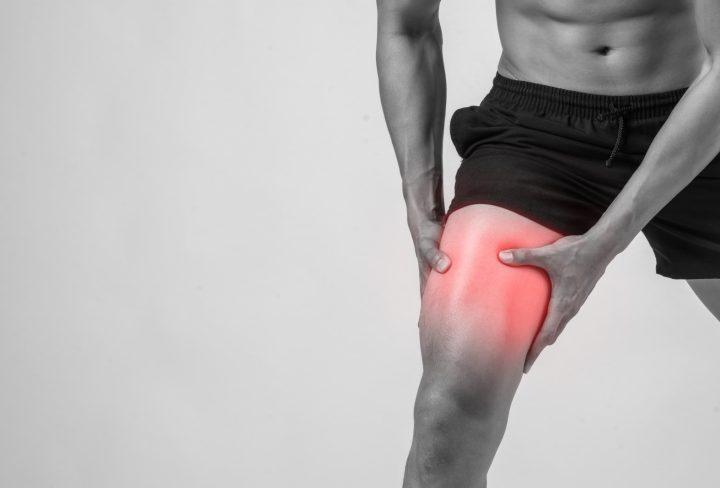Recovering from a knee ligament injury requires a well-structured rehabilitation plan that includes physical therapy. Whether you’ve experienced a mild sprain or a more severe ligament tear, physical therapy plays a crucial role in regaining strength, mobility, and stability in the affected knee. Let’s explore how physical therapy can aid in the recovery process and help you get back on your feet.
1. Initial Assessment: A physical therapist will conduct an initial assessment to evaluate the extent of the ligament injury, assess your current mobility, and identify any muscle imbalances.
2. Customized Treatment Plan: Based on the assessment, a personalized treatment plan will be developed to address your specific needs and goals. The plan will evolve as you progress through different stages of recovery.
3. Pain Management: Physical therapists employ various techniques to manage pain and reduce inflammation. These may include manual therapy, modalities such as ice or heat, and exercises designed to alleviate discomfort.
4. Range of Motion Exercises: Gentle range of motion exercises help prevent joint stiffness and improve flexibility. Your physical therapist will guide you through controlled movements to gradually restore normal knee mobility.
5. Strengthening Exercises: Strengthening the muscles around the knee is a key aspect of recovery. Your therapist will design exercises targeting the quadriceps, hamstrings, calf muscles, and other muscle groups to enhance joint stability.
6. Proprioception and Balance Training: Proprioception exercises improve your body’s awareness of its position in space, while balance training enhances joint stability. These exercises reduce the risk of reinjury and improve overall coordination.
7. Functional Exercises: As you progress, your physical therapist will incorporate exercises that mimic real-life activities, gradually preparing you to return to your regular activities and sports.
8. Gradual Progression: Recovery is a gradual process. Your physical therapist will carefully progress your exercises, ensuring that your knee is healing properly and adapting to the demands placed on it.
9. Education and Home Exercises: Your therapist will educate you on proper movement mechanics, posture, and techniques to prevent future injuries. They’ll also provide a home exercise program to continue your progress outside of therapy sessions.
10. Follow-Up and Communication: Regular follow-up appointments allow your physical therapist to monitor your progress, make necessary adjustments to your treatment plan, and ensure you’re on track for a successful recovery.
Remember that while physical therapy is essential for recovery, it’s important to follow your therapist’s recommendations and adhere to the prescribed exercises both during and after your therapy program. This proactive approach will help you regain your knee’s function, strength, and stability, allowing you to resume your normal activities with confidence.


